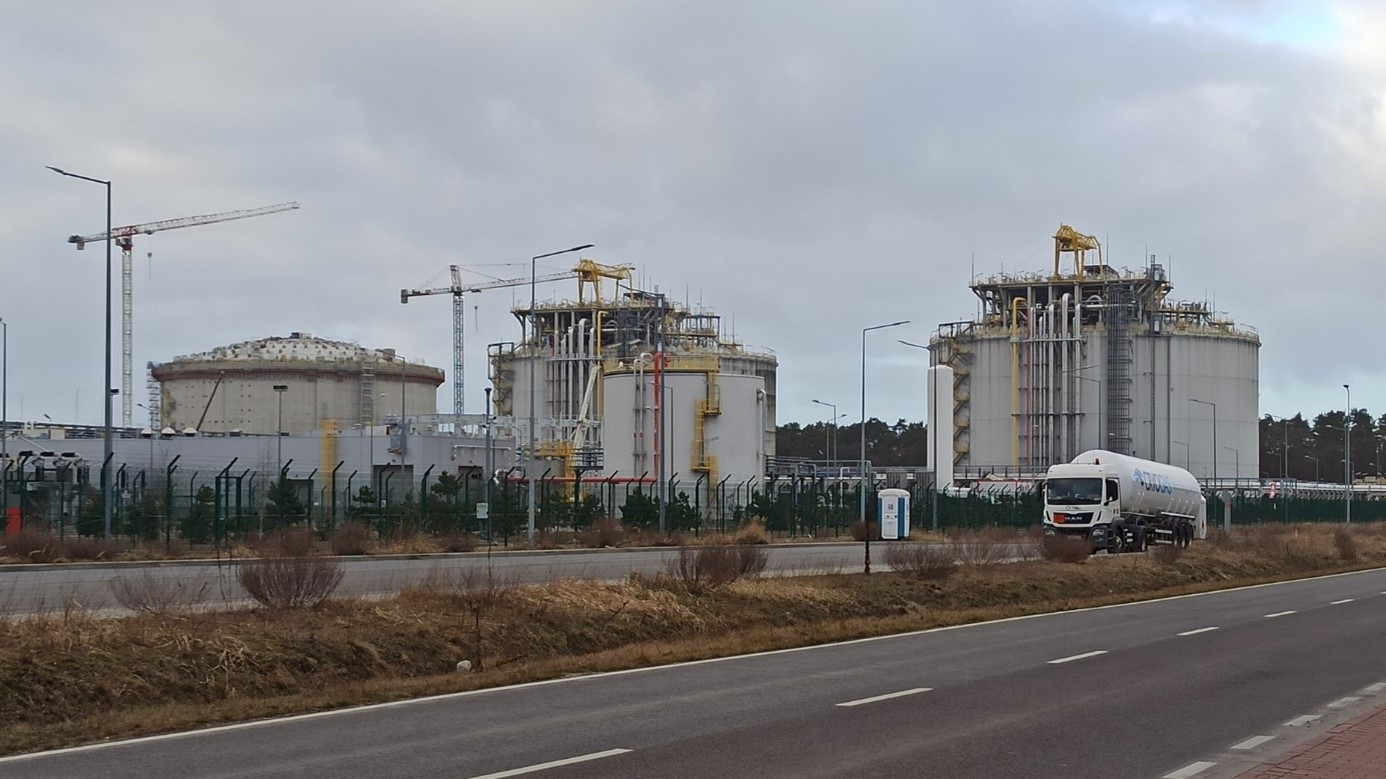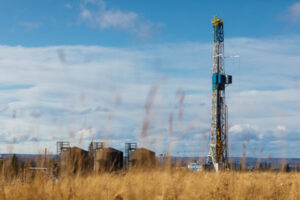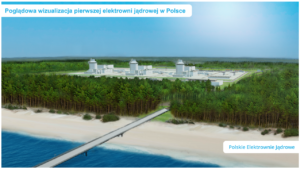Poland has turned around from the path to a gas trap and has a chance to achieve real diversification of energy sources by 2036 – writes Daniel Radomski, contributor to BiznesAlert.pl, in a commentary on Gaz-System’s forecast for gas demand in Poland.
A recent, significant revision of the forecast for natural gas demand in Poland illustrates the scale of changes that have taken place in planning the transition of Poland’s energy sector and goes well with the assumptions for updating the Energy Policy until 2040 (PEP2040 – ed.). Developed in April 2021, the plan provided for doubling the annual amount of gas consumed in Poland from 18.5 billion cubic meters to 34.7-37.5 bcm. This resulted from the provisions of the PEP2040 and the National Energy and Climate Plan 2021-2030, which underestimated the pace of development of renewable energy sources, and did not pay enough attention to achieving energy sovereignty. With such assumptions, the climbing demand for natural gas would only be stopped in 2035 when the second nuclear power reactor would be launched. However, the forecast did not say the demand would drop thanks to the opening of new power units – it might be caused by the expected increase in demand for electricity and the underestimated role of renewables.
Surveys conducted by Gaz-System from December 2022 to early February 2023 among industrial, energy and natural gas customers showed a surprisingly significant decrease in the projected demand for natural gas. Apart from that, the authors of the report based their predictions on Gaz-System’s trade data and the growing role of renewables in domestic power generation. The graph showing the new forecast opens with the energy crisis associated with both the pandemic and the war, as a result of which in 2022 there was a 16.5 percent decrease in gas consumption compared to the previous year.
In one version of the moderate scenarios, the new forecast says that the peak demand for natural gas will arrive in 2028 and reach 24.3 bcm, only to drop to 22 bcm in 2036, which is after the second nuclear unit will be launched. An alternative moderate scenario shows the gas demand will peak in 2030 with 28 bcm, and will then slightly decrease. Comparing both forecasts, it turns out that the maximum projected demand was reduced by almost 10 bcm, which is more than half of the pre-pandemic annual consumption. The lower end of the forecast differ even more – by 12 bcm. Thus, it can be said that Poland has turned back from marching to the gas trap and has a chance to achieve real diversification of energy sources in the perspective of 2036.
Stability without excess gas
The report claims the demand for gas will be lower than expected for two reasons. First, earlier forecasts underestimated the growth of renewable energy sources. Second, the parameters of the energy system have to be maintained. This must involve keeping a sufficiently large number of power sources able to stabilize the system, operating regardless of the weather. Therefore, considering the reduction of the role of natural gas, it will be necessary to temporarily extend the lifespan of some of the 200 MW coal-fired power plants, so that they could become a back-up source for power.
However, for this to happen the relevant stakeholders need to create a financial framework and a support program that will ensure their necessary modernisation and enable them to continue to function. Representatives of the Ministry of Climate and Environment have already signaled their willingness to enter into negotiations with the European Commission to extend the capacity market for coal-fired units beyond 2025. At the same time, measures have been taken to build new pumped storage power plants, and these investments are at the pre-application stage for an environmental decision, so we should expect they will be commissioned after 2030 at the earliest. On February 28, the government will adopt a draft law accelerating investments in this area.
Almost at the same time when the Gaz-System plan was released, the Energy Regulatory Office (URE) published its own analysis on the expected changes in installed capacity until 2036. In it, the President of the Office warns of a significant decline in available capacity in the national energy system and also stresses the need to maintain support for coal sources after 2025 within the capacity market.
How many FSRUs do we need?
The original plan was to launch a FSRU (Floating Storage Regasification Unit) in the Gdańsk Bay at the turn of 2027-2028, i.e. when Poland’s annual demand exceeds 30 billion cubic meters. After Russia attacked Ukraine, the stakeholders verified whether the terminal could be launched in 2026/27, and whether its capacity could be doubled – from 6.1 bcm to 12 bcm a year. The new demand forecast suggests these intentions should be reconsidered, because there is no such rush – the expanded LNG terminal in Świnoujście, the Baltic Pipe and the interconnectors with Lithuania and Slovakia that have already been completed will be almost sufficient to provide Poland with all the gas it needs from imports. Therefore, if we launch the FSRU, it will primarily be done to cater to the needs of our neighbors: the Czech Republic, Slovakia and Ukraine.
FSRU and MOLF update
The Maritime Authority in Gdynia is to be responsible for the implementation of two elements important for strategic investments in the field of safety related to the sea: the breakwater for the FSRU and the offshore structure for the nuclear power plant in accordance with the relevant draft government resolutions. However, as can be seen from the answers given by this office, the Ministry of Infrastructure, the Chancellery of the Prime Minister and the Government Plenipotentiary for Strategic Energy Infrastructure, due to the fact that the Council of Ministers has not yet adopted resolutions granting financing for the implementation of the breakwater and investments accompanying the construction of the nuclear power plant, the Maritime Office in Gdynia has not taken any actions aimed at obtaining an environmental decision for these projects. At the same time, the Plenipotentiary’s office confirmed that Gaz-System does not provide for a variant of the FSRU terminal without a breakwater.
The lack of a resolution on the financing of the accompanying investments did not prevent the undertaking of similar actions in the field of ensuring transport access to the nuclear power plant: GDDKiA signed a contract for pre-design work for a new road and already held the first round of information meetings with the public, while PKP PLK opened tenders for the development of documentation for providing rail access, but here the case went to the National Appeals Chamber. So why is the Maritime Authority in Gdynia wasting valuable time?









